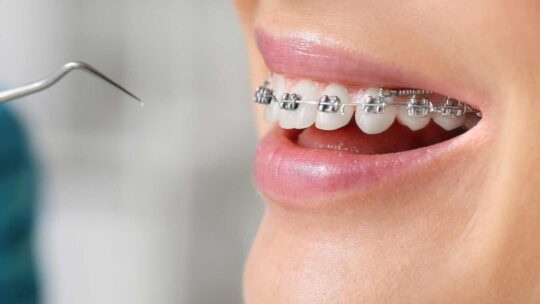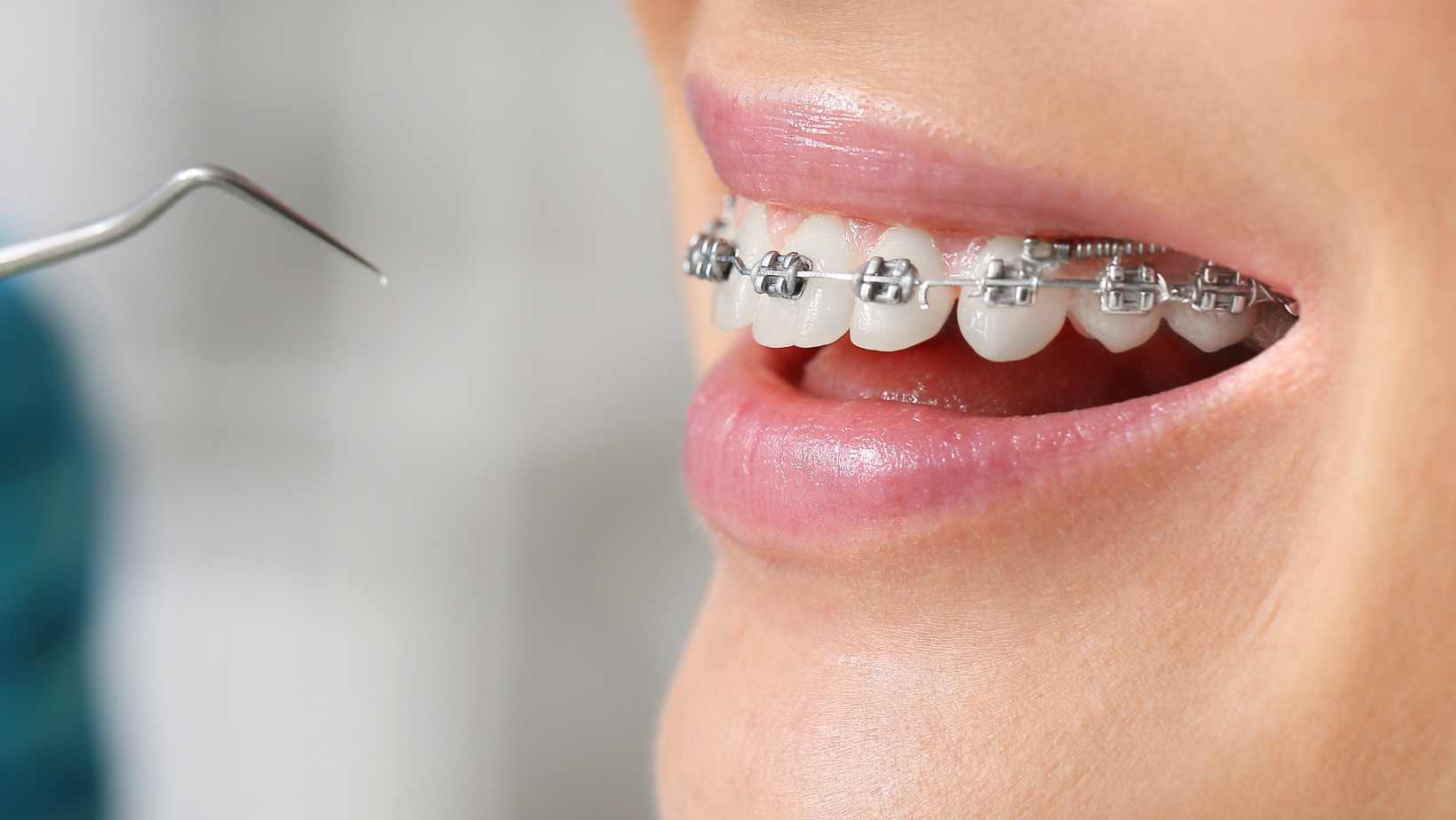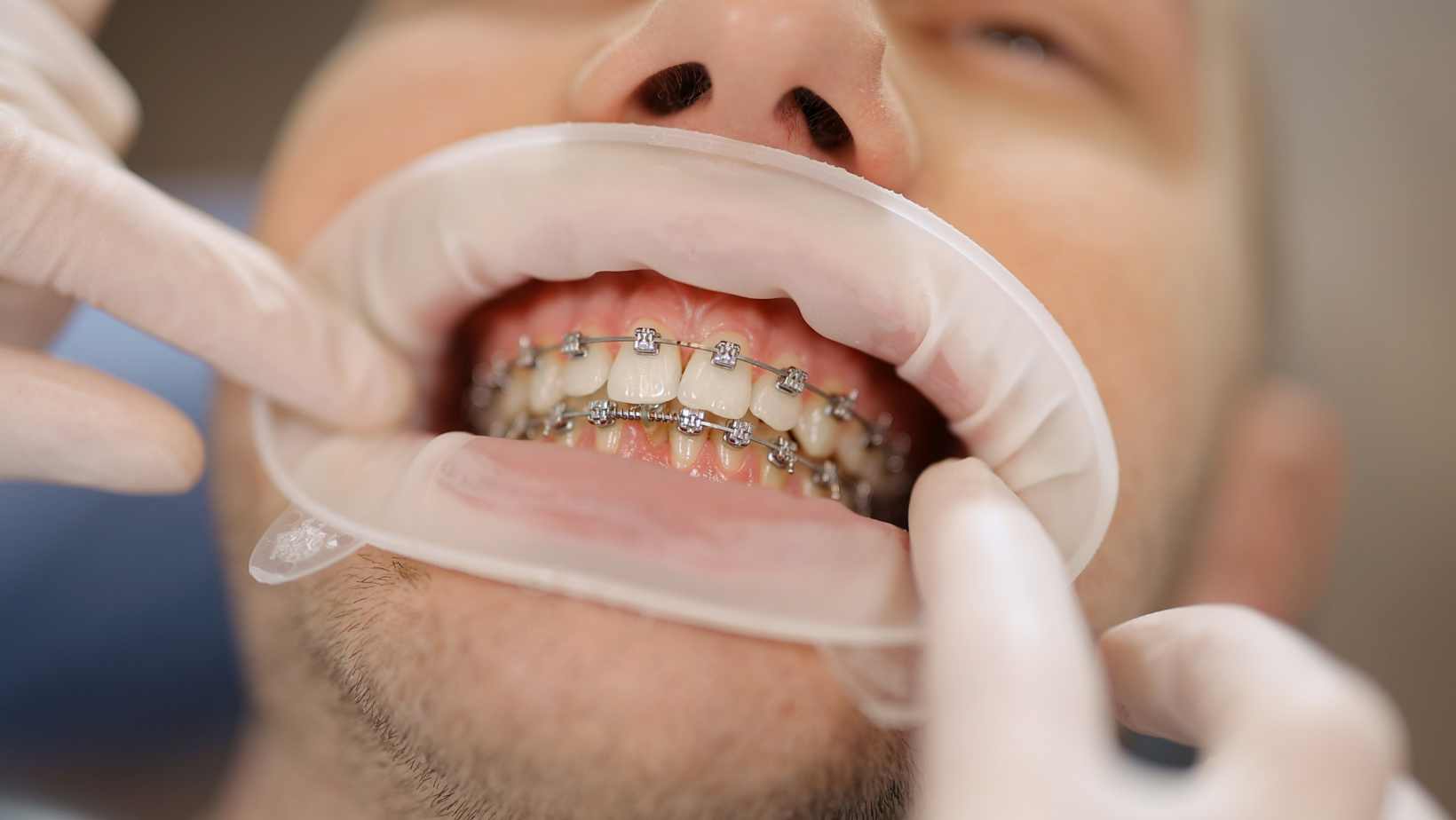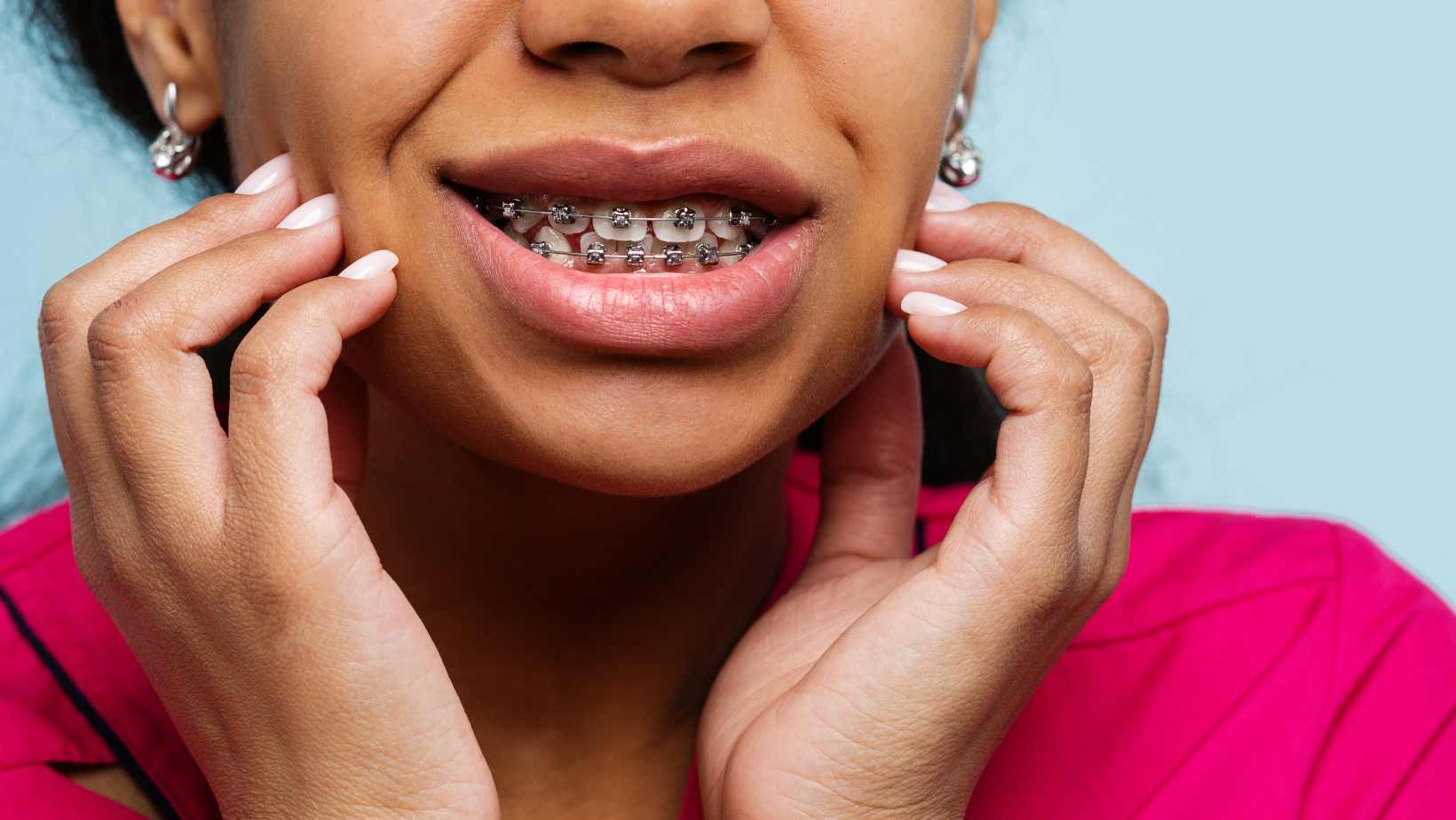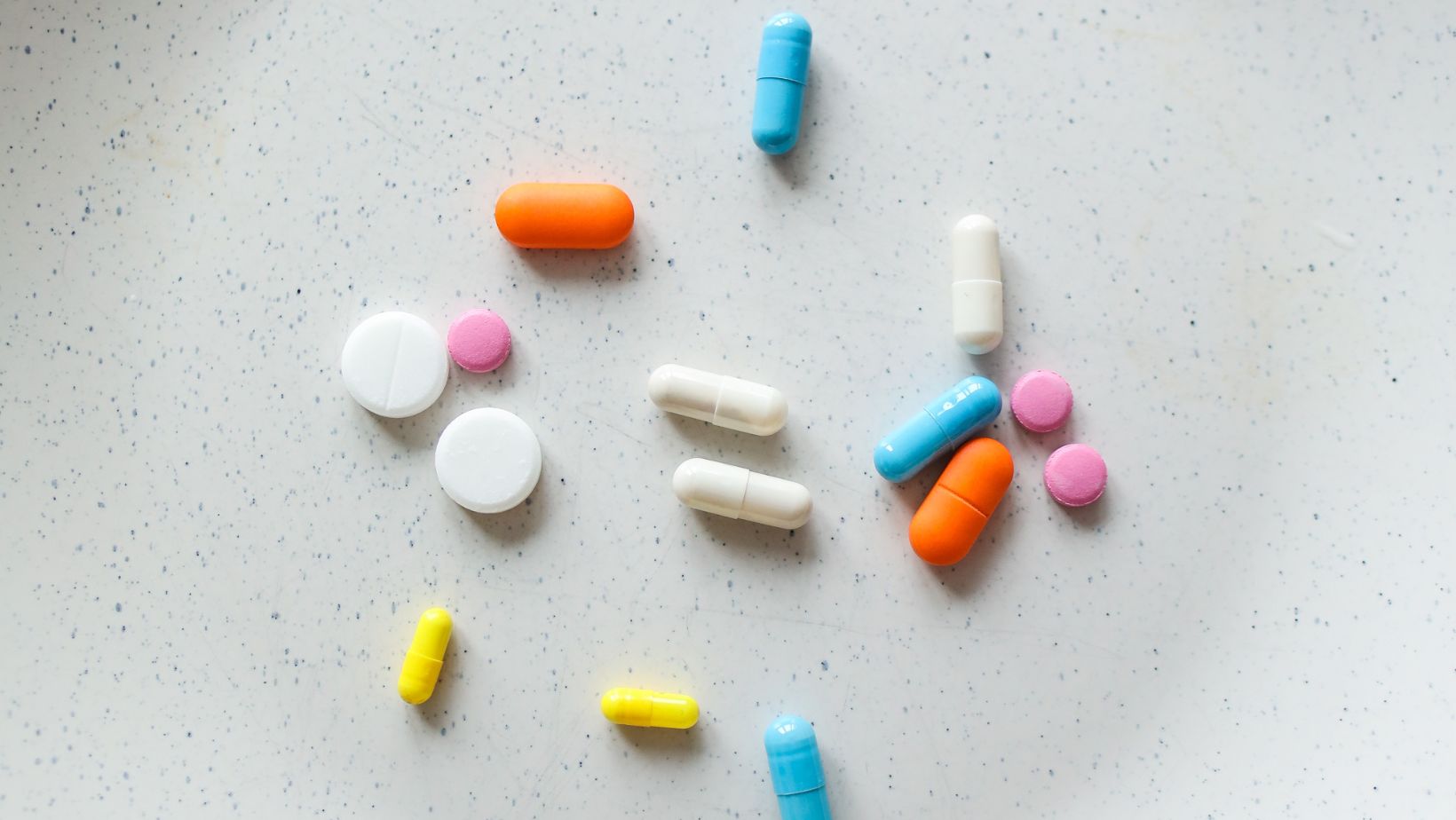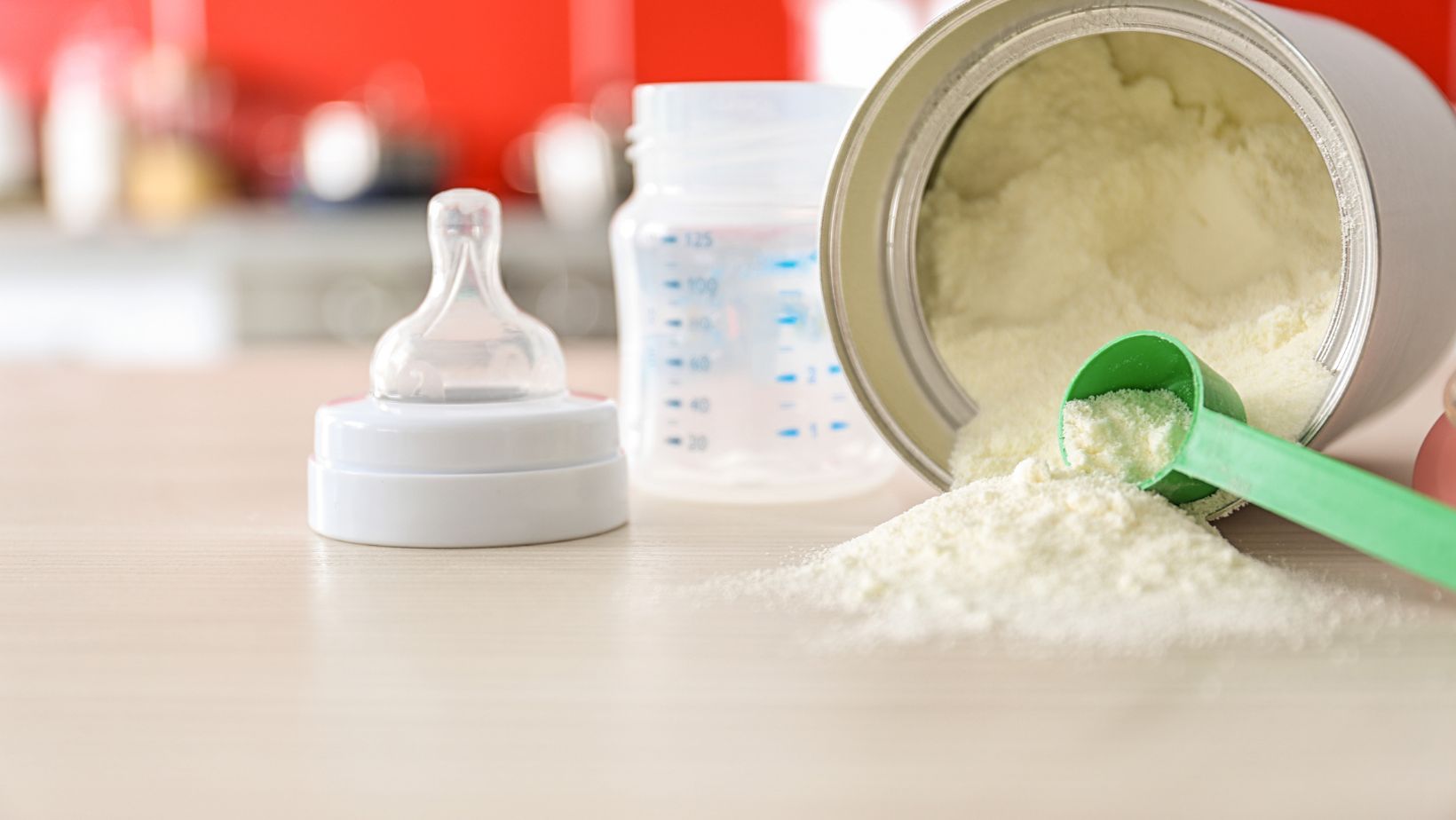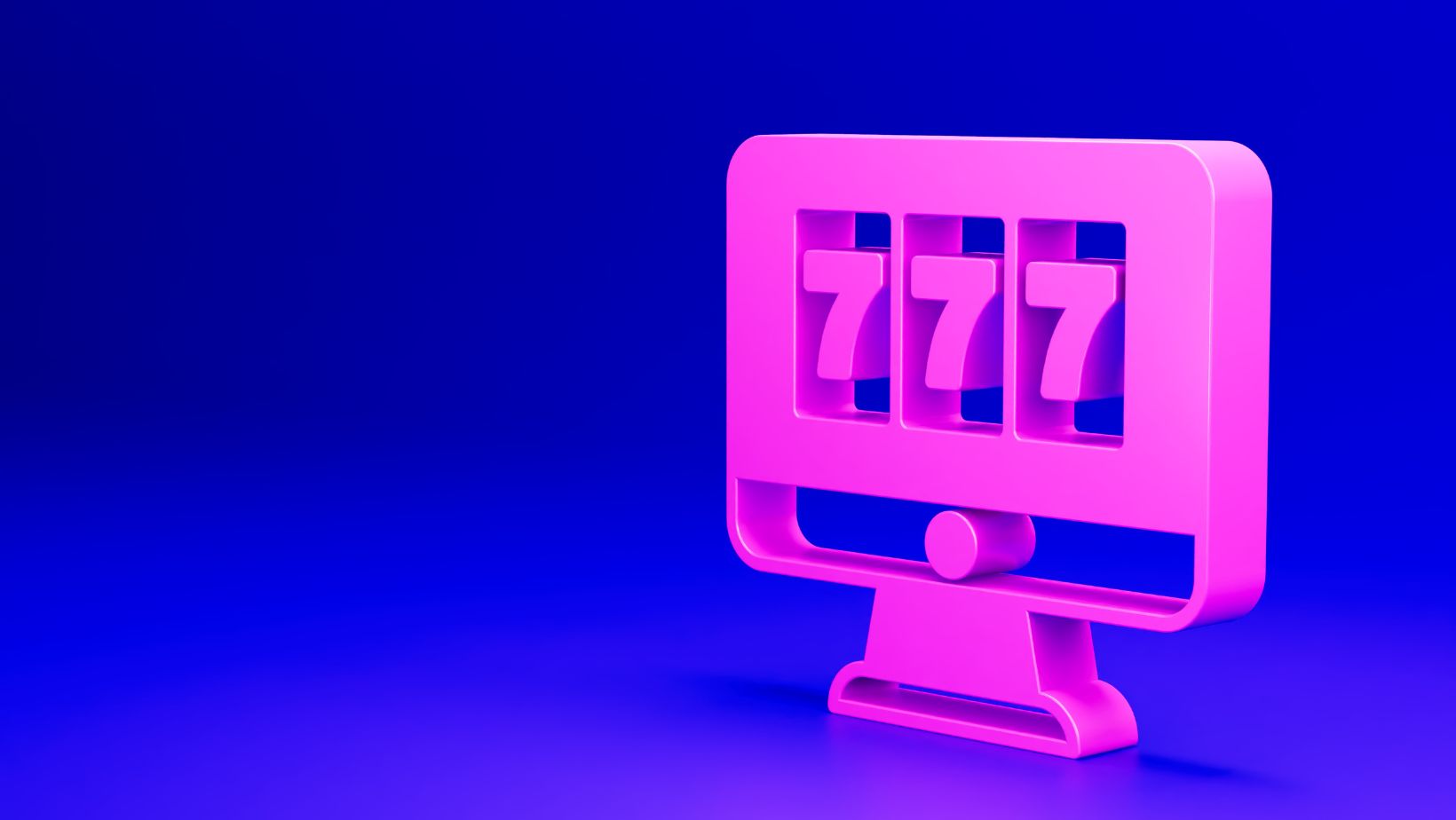
Are you exploring the benefits that cannabis has as a means of relieving pain for cancer? Read on to learn the factors that influence its effectiveness.
Cannabis has kind of been in the spotlight recently, with people talking about how it could help those dealing with cancer pain. But here’s the lowdown, it’s not a one-size-fits-all solution, and there are some important things you should know. So read on to learn a bit more about the factors that influence the effectiveness of cannabis as a pan reliever for Cancer.
1. The Pain Story
Let’s start with the fact that cancer brings along different kinds of pain. There’s the nerve pain, the inflammation pain, and sometimes, it’s the kind that creeps in after those chemo sessions. Cannabis could lend a hand, but which type it helps with can vary.
2. Meet The Cannabinoids
Now, let’s meet the main characters in the cannabis story: THC and CBD. THC takes the spotlight for managing pain, while CBD steps in as the inflammation-fighting hero. And guess what? Some folks find that combining the two is the winning combo for relief.
3. Finding The Right Dose
Getting cannabis to help with pain isn’t always straightforward. You will need to play around with the dosage and decide how you want to use it, whether you’re into smoking, vaping, munching on edibles, or going for the oils. It’s a bit like trial and error, to be honest. You must also consult your doctor for the dosage as well.
4. Unwanted Effects
Here’s the deal: cannabis can have some side effects. You might get a little dizzy or have a mouth as dry as the Sahara. And, in some cases, it can kick up anxiety or make you feel a bit paranoid. So you’ve got to decide if the relief is worth the trade-off.
Unwanted side effects are common in poor-quality cannabis. Sometimes, you can avert adverse side effects, simply by buying higher-quality products. Opt for reputed offline and online shops like biowellnessx.com. This can ensure that you don’t suffer from unwanted effects.
5. Everyone’s Different
We’re all one-of-a-kind, and cannabis can have different effects on each of us. Your personal factors, like how much you weigh, your metabolism, and your general health, they all play a part. So, what works for one might not work the same for another.
6. Need More Proof
Now, here’s the deal – some folks will tell you that cannabis is their holy grail for dealing with cancer pain. But here’s the catch: we’re still waiting on more of those super-important scientific studies to give us the full scoop on how well it actually works. So, it’s a bit like a work in progress.
7. Expert Advice Matters
Before you dive into this, have a talk with your doctor. They are the experts, and they’ll help you figure out if cannabis is your jam. Plus, they will make sure it won’t stir up trouble with any other meds you’re taking. And if you need help choosing the right type and how much, they’ve got your back.
8. Tolerance And All That
Let us break it down for you. If you are using cannabis regularly, your body can get used to it. That’s when you will find yourself needing more and more to get the same pain relief. Plus, there’s a risk of becoming dependent on it, so you’ve got to tread carefully.
9. The Legal Maze
Cannabis laws are a bit of a puzzle – they vary from place to place. Some spots give the green light to medical marijuana, while in others, it’s a no-go.

So, you’ve got to be on the up and up with the rules in your area.
Reasons Why You Should Choose Cannabis to Treat Cancer Pain
Choosing cannabis to treat cancer pain can be a viable option for several reasons, especially now that you know what factors affect its effectiveness in relieving cancer pain. Here are a few reasons why you can consider cannabis to treat cancer pain.
Pain Relief
Cannabis can really step up to the plate when it comes to pain relief, especially strains that pack a punch with THC. It’s like having a versatile player on your team, and it can take on different types of pain, whether it’s those pesky nerve pains, the inflamed ones, or the ones caused by treatments like chemo.
Minimal Side Effects
When you put cannabis head-to-head with some of those typical pain meds, it often comes out with a lighter load of side effects. That means it might be an easier ride for some patients to manage.
Customizable Treatment
The cool thing about cannabis is that it comes in all these different strains, each with its own set of compounds. So, you can sort of play mix and match to find the one that fits your pain relief needs just right.
Fewer Drug Interactions
You know, if you are a cancer patient juggling a bunch of medicines, cannabis might be a good option because it tends not to interact with other drugs as much, unlike many pain relievers.
Potential Anti-Inflammatory Effects
CBD, one of the compounds in cannabis, is like the friendly firefighter of the bunch. It’s got this knack for taming inflammation, which can be a real relief for cancer patients dealing with painful swelling.
Psychological Comfort
Facing cancer is no walk in the park, and it can really mess with your head. Cannabis has an influence on the human body, and it might be that friendly hand on your shoulder, offering a bit of comfort. It can help ease anxiety and lift your spirits, making the journey a tad bit more bearable.
Versatile Administration Methods
How do you want to take your cannabis? The options are pretty diverse: you can smoke it, vape it, munch on some tasty edibles, or even go for the oils. It’s like picking your favorite flavor of ice cream; choose what suits you best!
Reduced Opioid Dependence
Here’s the thing: opioids are often the go-to for serious cancer pain, but they can be a bit tricky. They can lead to dependence, and, in some cases, overdose. Now, cannabis might just step in as a safer option, and it could even help cut down the need for those opioids.
Therapeutic Potential
Apart from giving you some pain relief, certain bits of cannabis, like CBD, seem to have a bunch of other potential perks. They are still figuring it all out, but cannabis might just turn out to be a multi-talented helper for folks dealing with cancer.
Legalization And Accessibility
You might have noticed that in a lot of spots, the rules around cannabis are getting a bit more relaxed, especially for medical use. That’s a good thing because it means more folks who need it can actually get their hands on it.
Final Thoughts
Cannabis could be a real game-changer when it comes to managing cancer pain, but it’s not a one-size-fits-all solution.

So, if you’re thinking about giving it a shot, be savvy about it. Have a good chat with your medical team, ease into it, and don’t forget to check out the local laws in your neck of the woods. Stay informed and stay smart.



